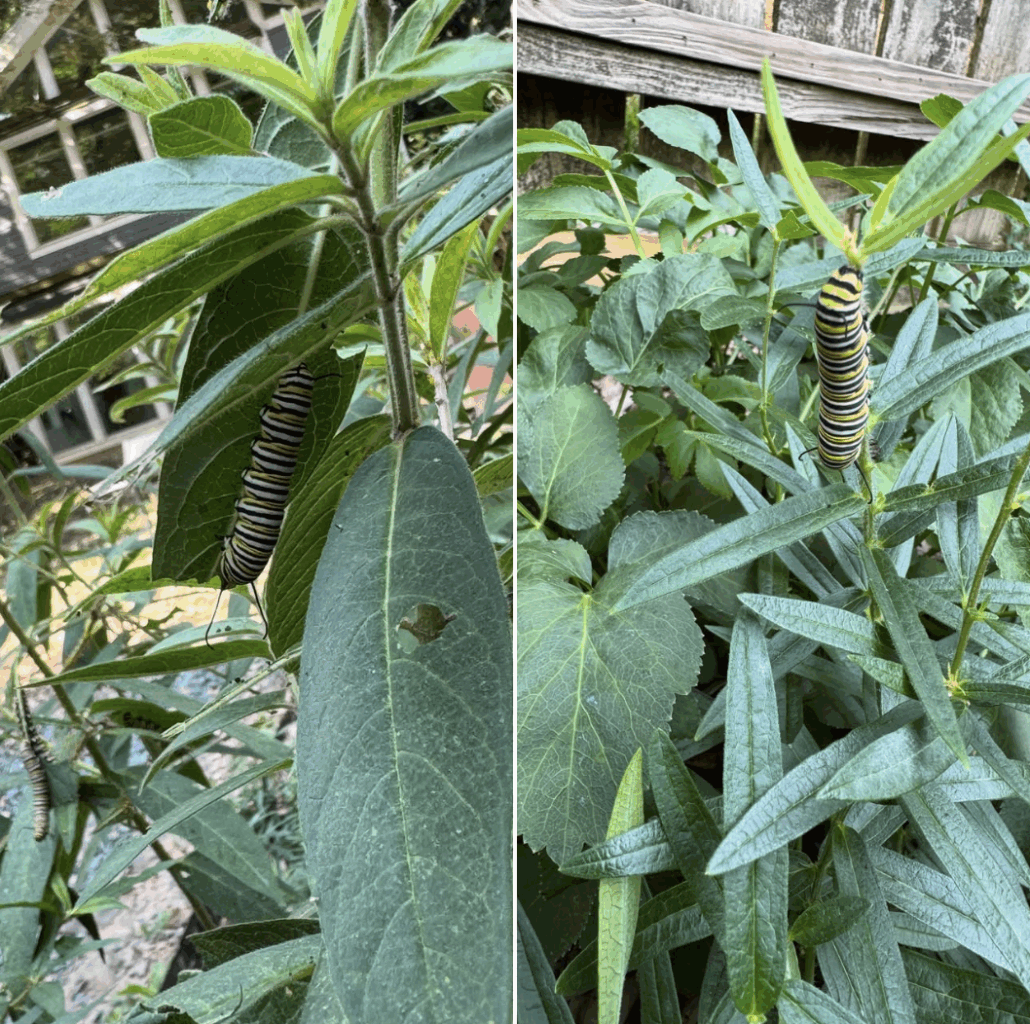
I have spent the day on final preparations for the Fall Plant Festival at the Wylde Center: making a few last Bee-autiful Buckets, punching holes in our WELCOME signs (one with every purchase), printing our instructions for buckets and safety data for Bti dunks. All the while, I have been overwhelmed with thoughts of Sally Wylde, remembering her impact on this neighborhood and her influence on me.
When I named B Buckets (actually, Nell did) and established the email and social media handles, we became “bbucketsconnect” by rather spontaneous decision; gut reaction might be more accurate. I was in a hurry to get started; mosquitoes were emerging. I will explain the “B” another time, but the “connect,” I know, had various senses, mostly then about wanting folks to understand and consider—as to the connect the dots—the impact of chemical abatements on beneficial insects, their runoff and aquatic life, their disruption of food chains, all things I am hoping the buckets will shift; I knew, at the same time, that it had a far more important intention, at the core of our mission: the necessity of human relationships, sharing and learning, speaking and joining, supporting and extending. This meaning is the one that brings me back to Sally.
In 2008, I bought an adorable (read: small) bungalow, 503 Adams Street, because I had known for years that I would live in this house (don’t ask me how, I just did), and it came on the market. I wasn’t ready to buy a house, but MY house was available, and I wanted my son, then in PreK, to attend Oakhurst Elementary for kindergarten. So I moved quickly. We were previously just blocks away, but not in Oakhurst.
We had many wonderful neighbors on this new block, including Sally. She quickly engaged us in her efforts, which extended beyond the Oakhurst Community Garden, as the Wylde Center was then known. We co-hosted in our front yard, a puppet-making workshop for children to make costumes for the Earth Day parade. My son made a car–we joked that surely it was a hybrid–and we joined the festivities. (The car was an even better as a Halloween costume that year when M made me a stop sign and vest, so that I could be a crossing guard to his vehicle/driver). The next year Sally and M made a collaborative project for an outdoor sculpture exhibition for Earth Day, a school of fish from collected rocks, which they added to other public art pieces in the neighborhood for this event, theirs by the stream just off S. McDonough, across the street from Oakhurst Community Garden. Arguably, that creation one fit the Earth Day theme quite a bit better.
Sally and M had a special relationship; she sewed him a stuffed shark, which she made from one of his drawings, for a birthday. And for the next birthday she left a tree (branch) with wooden fish on our porch, as a gift and in commemoration of their joint art project. I have wonderful mental images of these projects, but no photographs that I can find to share. What I can put my hands on is keychain that M still uses, the only ornament left from the fish tree.
In the winter, we could see the backyard of the Oakhurst Community Garden from our porch; we spent many hours exploring that space, even once releasing a frog we had raised from a tadpole (with permission) into its water garden.
As I prepare to join the Wylde Center tomorrow, I acknowledge the lessons I carry and feel from Sally about stewarding, sharing, beautifying, connecting. Thank you, Sally.


